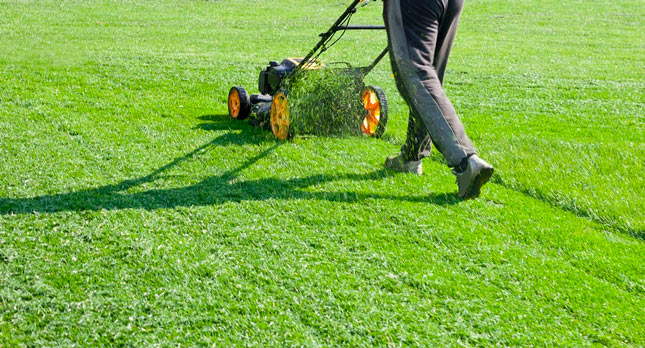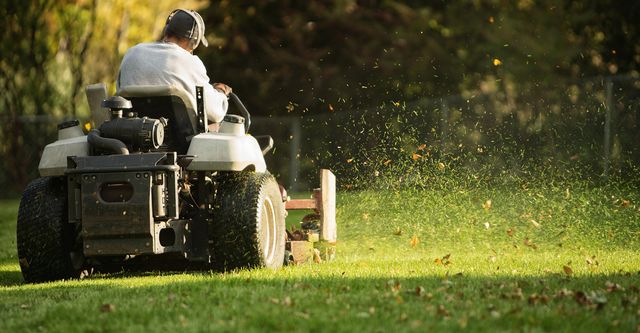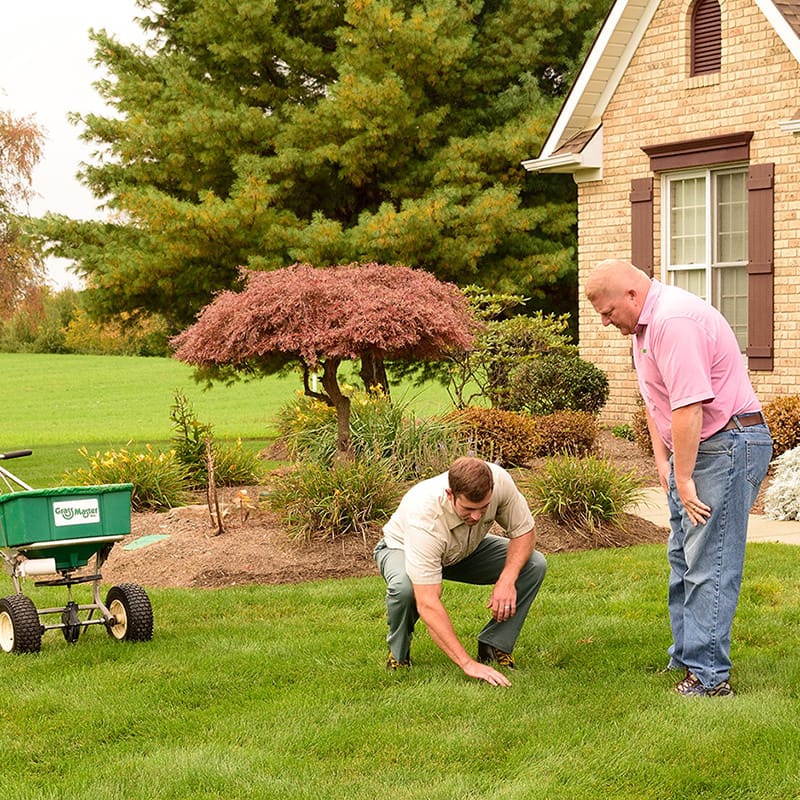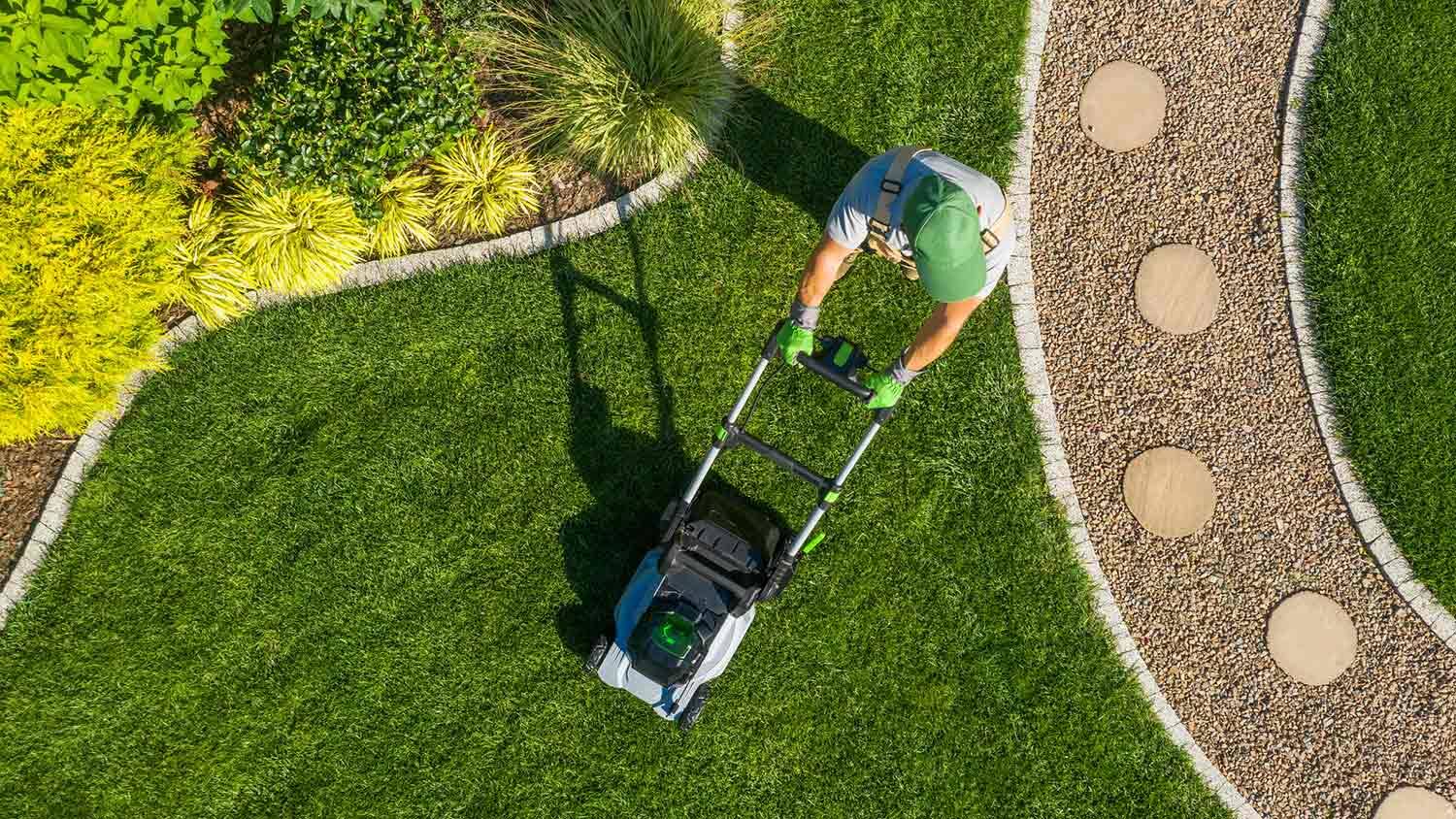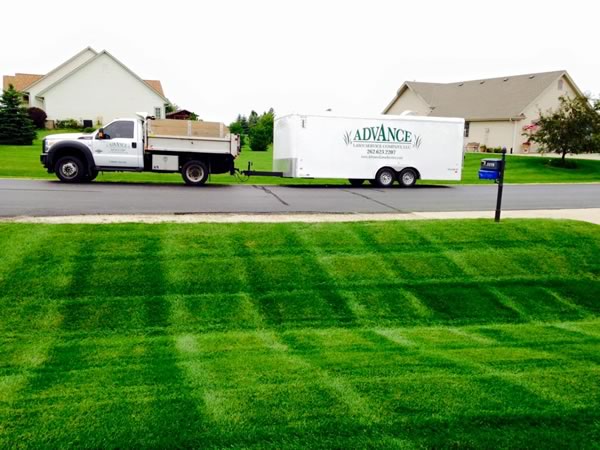Irrigation Southlake, Texas
lawn care company
There are several types of irrigation systems available including sprinklers, furrows, drip lines and subsurface irrigations. Sprinklers are often used on larger farms since they can cover large areas quickly and efficiently. Furrows involve digging trenches between rows of crops which allow the water to flow throughout the field from one end to another. Drip lines consist of pipes that run along the ground with small holes allowing water to slowly trickle out into each plant's root system. Subsurface irrigation involves placing tubes underneath the soil where water is dispersed evenly through small holes or emitters.
To ensure proper irrigation, farmers must consider factors such as crop type, soil texture and fertility levels as well as climate conditions in their area. Additionally, good maintenance practices should be employed which include regularly cleaning out filters and routinely checking for leaks in pipes or hoses. The amount of water used must also be carefully monitored since too much or too little can have adverse effects on growth and yield quality.
In conclusion, proper irrigation is essential for successful farming operations today! With its wide range of application methods and careful management techniques, it can greatly contribute towards increased crop yields all around the world! Still, further research needs to be done in order to maximize efficiency while minimizing environmental impacts such as soil erosion and chemical runoff.
